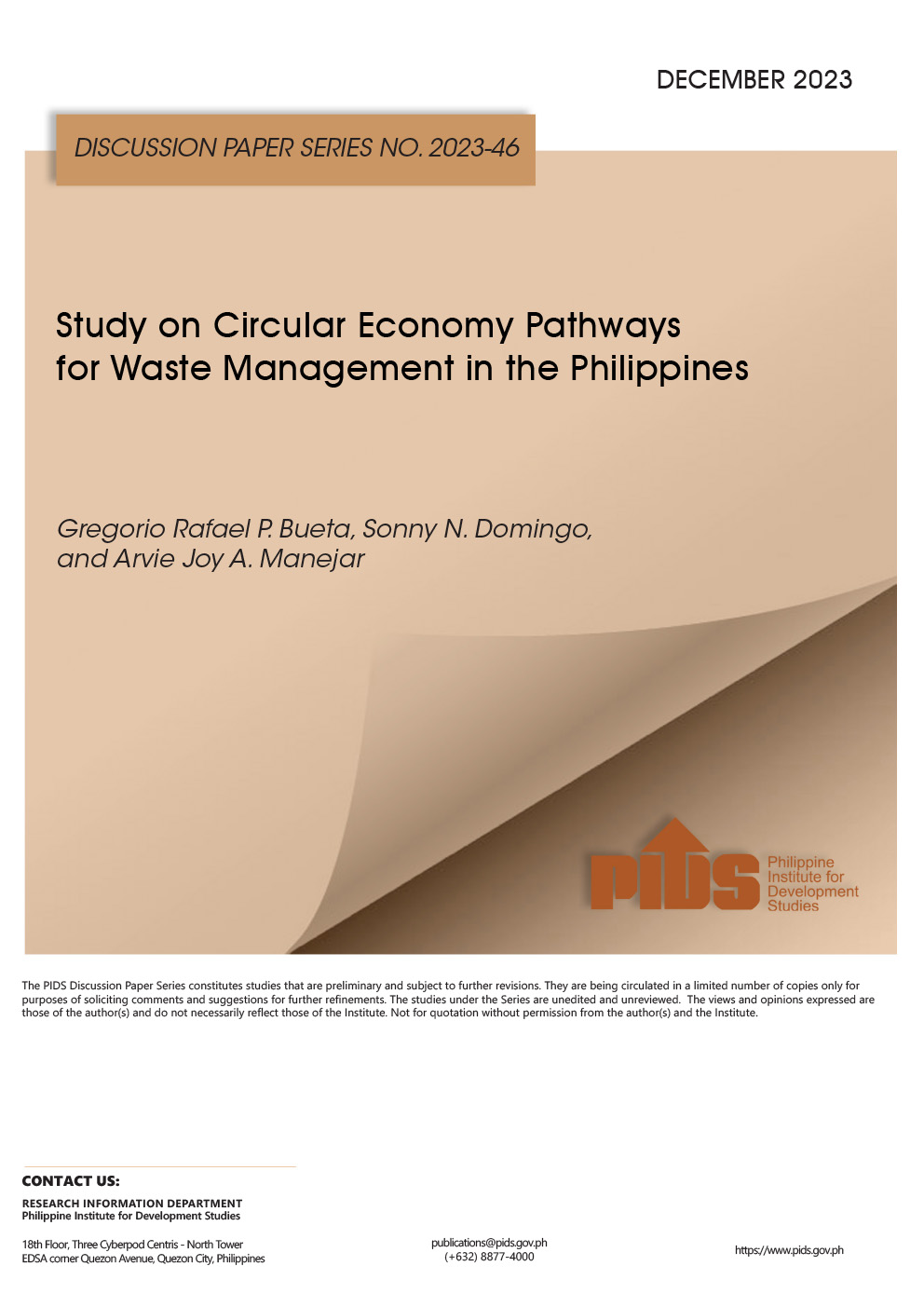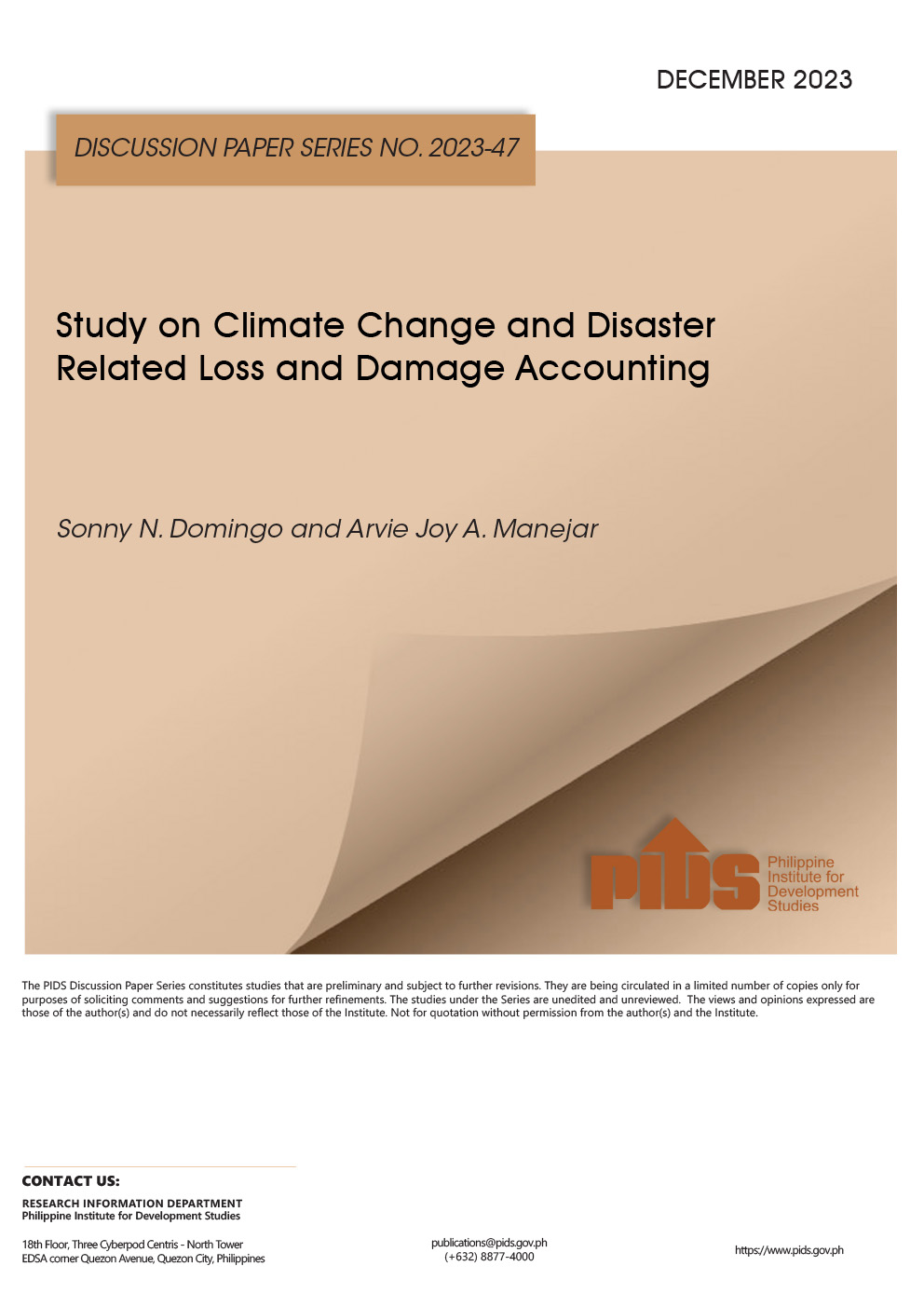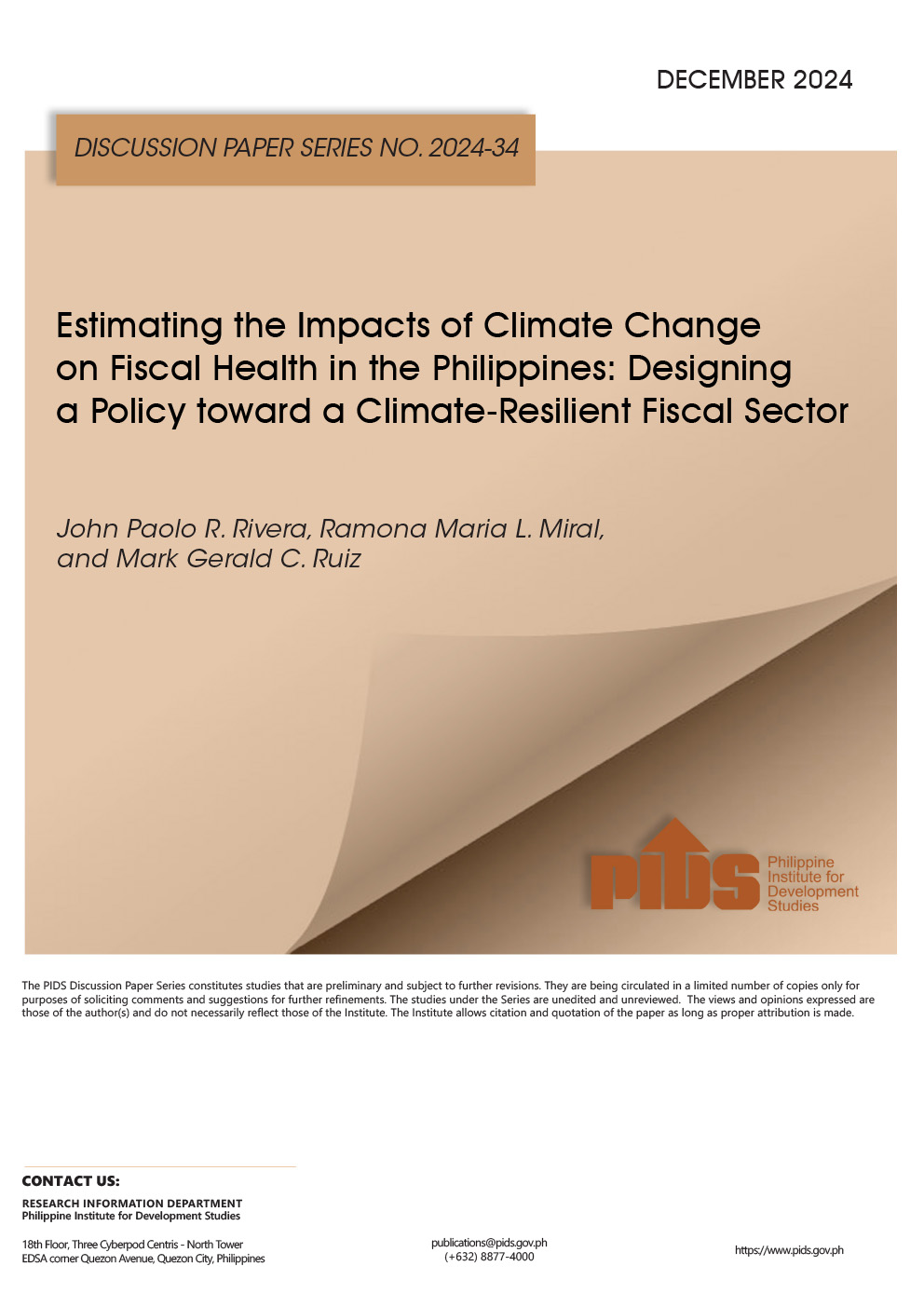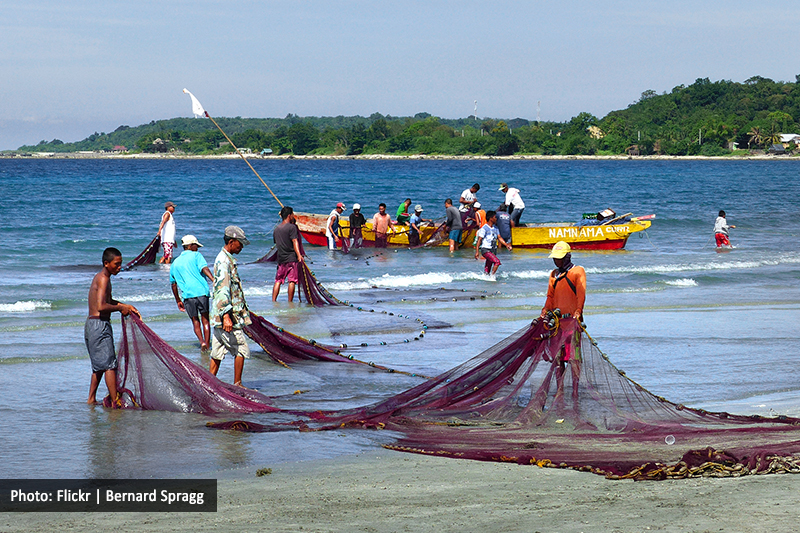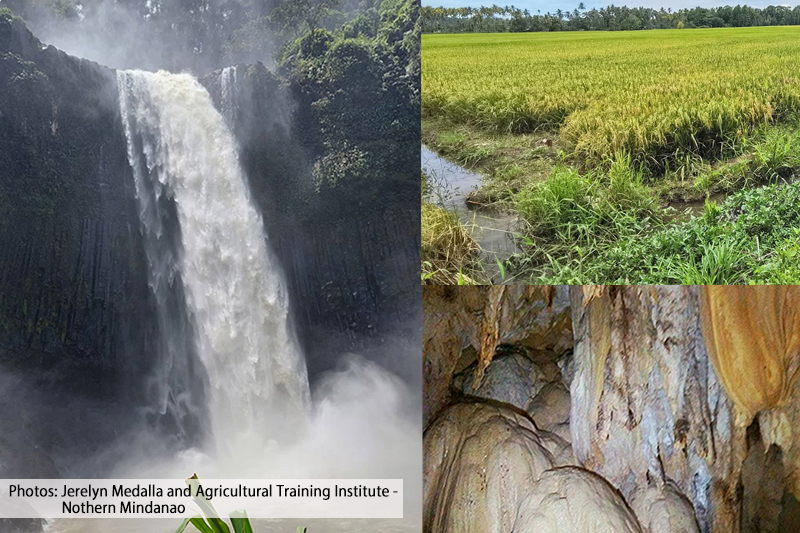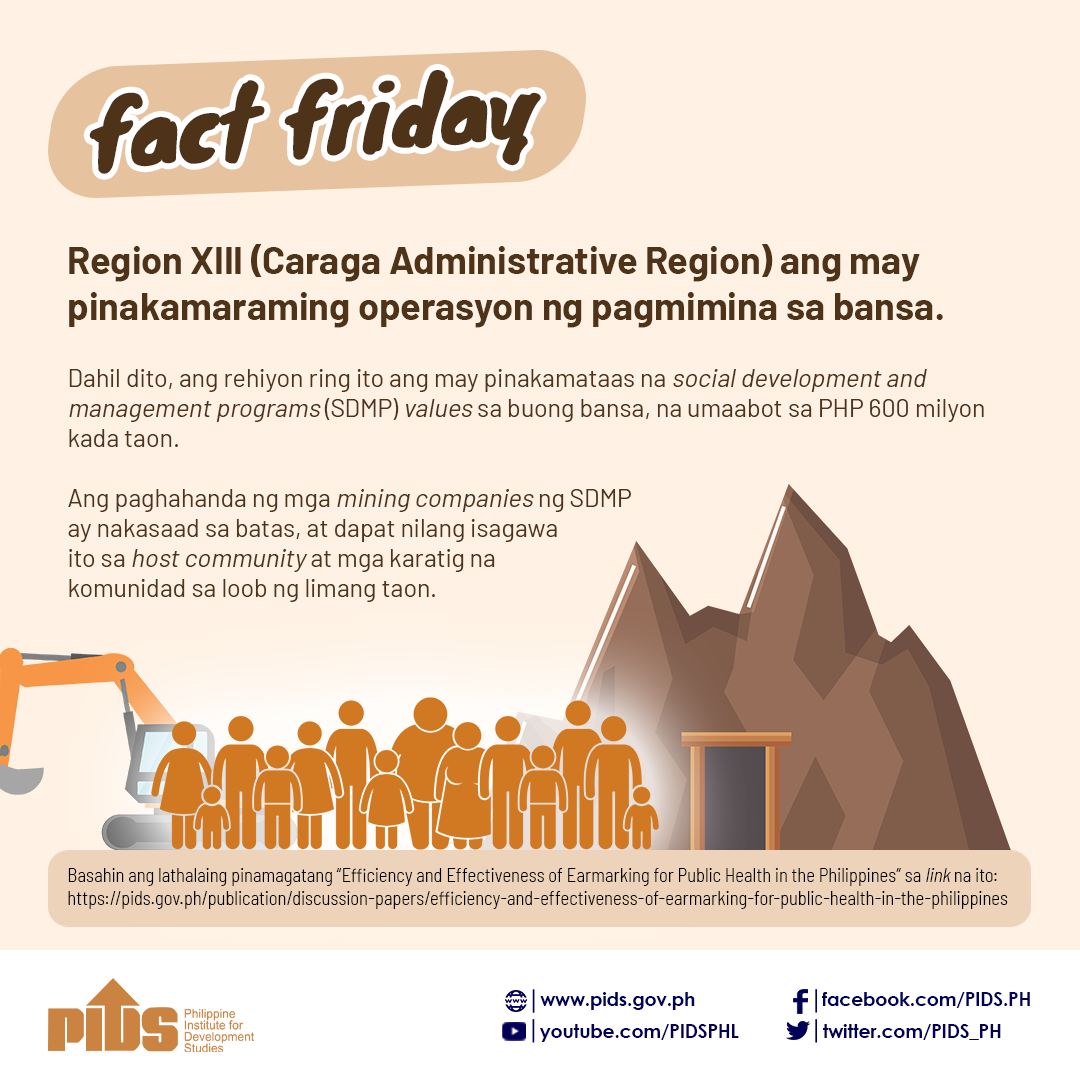INSTITUTIONAL issues continued to plague the country’s implementation of mining laws, preventing the Philippines from maximizing the benefits of these policies, according to a Philippine Institute for Development Studies (PIDS) consultant.
In a PIDS Policy Note, titled “Challenges in the Philippine mining industry,” Eligia D. Clemente said these issues include inconsistencies in local and national policies as well as the lack of qualified personnel in the National Commission on Indigenous Peoples (NCIP).
Clemente said that despite safeguards put in place in the laws, audits conducted by the Department of Environment and Natural Resources (DENR) in 2016 found that several mining sites lacked environmental plans and suffered from denuded forests and silted rivers.
“The partner-agencies of the DENR in the implementation of PMA [Philippine Mining Act], such as the NCIP, are also reported to be suffering from institutional issues that affect the performance of their role in the mining sector,” she said.
Clemente, coordinator of the University of the Philippines-Diliman Mining Engineering program, said institutional issues such as overlapping functions when it comes to issuing permits leads to the circumvention of permits through illegal means and the destruction of the environment.
She explained that while some companies claim that the Mines and Geosciences Bureau (MGB) permit to operate is enough legal cover to cut trees in a mining area, the DENR insists that tree-cutting permits need to be secured.
In order to continue the mining operations and meet the requirements of the DENR, a company left some of the trees standing in the mining site.
However, because of the stress, the trees died and, in order to remove the dead tree, the company secured a permit to cut it down. This permit was easier to secure than the permit to cut down healthy trees.
“This type of practice admittedly is more destructive since the cut tree is no longer listed as part of the number of trees to be replaced,” Clemente said.
In terms of protecting ancestral domain and giving the IPs their fair share of the profits of the mining operation, Clemente said the NCIP needs to assign certificates of ancestral domain titles (CADT).
The process starts from the verification of claim, survey and delineation of areas, and inventory of IPs. This involves qualified geodetic engineers to do surveys and lawyers to address arbitration cases.
However, Clemente said the NCIP doesn’t have enough employees to perform these functions. In fact, she said, only one region nationwide had a plantilla position for a licensed geodetic engineer, and nonlawyers are tasked to take on arbitration cases.
“These personnel issues need to be resolved immediately to efficiently deliver needed services, which comprise the first stage of the permitting process,” Clemente said. “At this point, no further progress on the permitting can be expected until such time that the land ownership issues are resolved.”
The NCIP’s personnel issues spill over to providing assistance to IPs, particularly in planning for the proper use of funds received from mining companies. However, NCIP does not have enough qualified personnel to do this.
Due to this challenge, Clemente lamented that while there are many mining operations near or within ancestral domains of IPs, many of them have remained poor.
“Despite the huge amount of money allotted to communities, they have not yet elevated their status from their original position as among the poorest communities in the country,” she added. “No proper audit functions have been assigned to NCIP for this.”
The PMA was passed to become the country’s doctrine on mineral lands. It allows contractors to conduct mining operations and develop government lands in exchange for a revenue share for the national government, local government, and IP communities.

